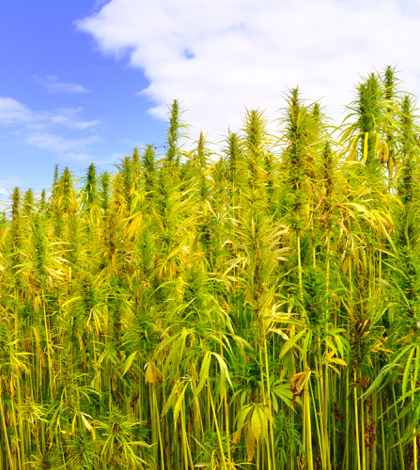On Friday, the Central Valley Water Control Board announced regulations to protect water quality from cannabis cultivation. The order, which impacts landowners and cultivators who grow medical marijuana, will be required to comply with the board’s regulations of discharges from medicinal cannabis cultivations.
“Our goal is to protect water quality and the environment from the significant impacts that may occur from cannabis cultivation,” Central Valley Water Control Board executive officer Pamela Creedon said in a statement.
Under the board’s “best management practices,” cannabis growers can help mitigate water pollution by addressing the following issues with their suggested solutions:
Erosion and sediments
- Minimize disturbed area and protect natural soil.
- Provide temporary cover for disturbed areas that are not being worked on.
- Divert runoff away from unprotected slopes or loose soils.
- Use mats, geotextiles and erosion control blankets to protect slopes.
- Control the perimeter with silt fences and fiber rolls.
- Install a sediment basin, check dams or vegetative bugger strips.
- Roughen the surface of a road with gravel.
- Protect ditches and inlet/outlet from erosion with rock amour.
- Plan and design new roads away from watercourses.
- Design roads to allow for sheet flow and use water bars and rolling dips to break up slope length.
- Inspect roads, slopes and culverts regularly.
Potting soil, amendments, fertilizers and pesticides
- Plant cover crop to boost soil fertility and protect from storm events.
- Follow the manufacture’s suggestion application rates.
- Install buffer strips, bio-swales or vegetation down slope of grow site to filter runoff chemicals from irrigation.
- Do not apply pesticides. Use pesticide alternatives recommended by the Department of Pesticide Regulation.
- Implement pest management for pest control.
- Store all products that can impact water quality in a manner that will keep runoff from hitting surface water.
Housekeeping and trash
- Store paint, antifreeze, oil filters, fuels and other items that can impact water quality indoors.
Water supply
- Obtain a water rights permit from the Water Resources Control Board.
- Install water storage system on site.
- Install rainwater capture system.
- Implement drip irrigation, mulch and vegetate around cultivated areas.
- Regularly inspect water delivery system for leaks.
- Install float valves on tanks to prevent overflowing.
All property owners, site caretakers, property residents and construction contractors can be held accountable for not implementing best management practices suggested by the board.
 California Water News Daily Your Source For Water News in California
California Water News Daily Your Source For Water News in California


